Archaeologists refuse to open up the tomb of China’s first emperor, Qin Shi Huang of the Qin dynasty, which is guarded by the legendary army of terracotta soldiers and horses.
Why won’t these experts actually open up this very old tomb? They’re too scared to do so, as historical documents have forecasted terrible tragedies could occur once those tomb doors are open.
About Qin Shi Huang
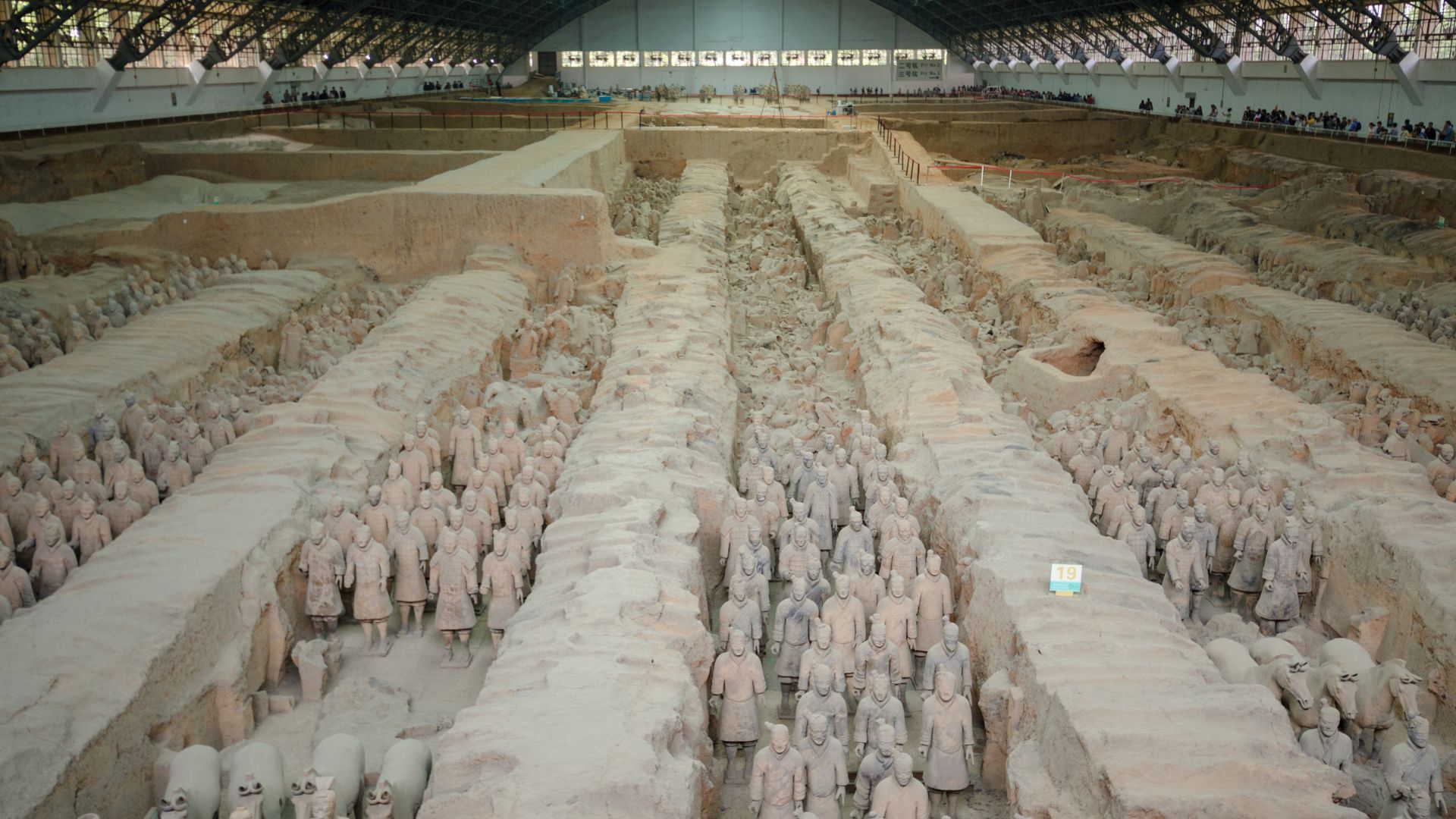
Qin Shi Huang is considered the first emperor of China. His rule began the mighty empire of the Qin dynasty. Though this dynasty only lasted from 221 to 206 BCE, it remains an intimidating dynasty when looking at Imperial Chinese history.
Qin Shi Huang ruled from 221 BCE to 210 BCE. Therefore, this emperor has been buried for 2,200 years — and has been left undisturbed in his tomb for this long.
China’s Terracotta Army
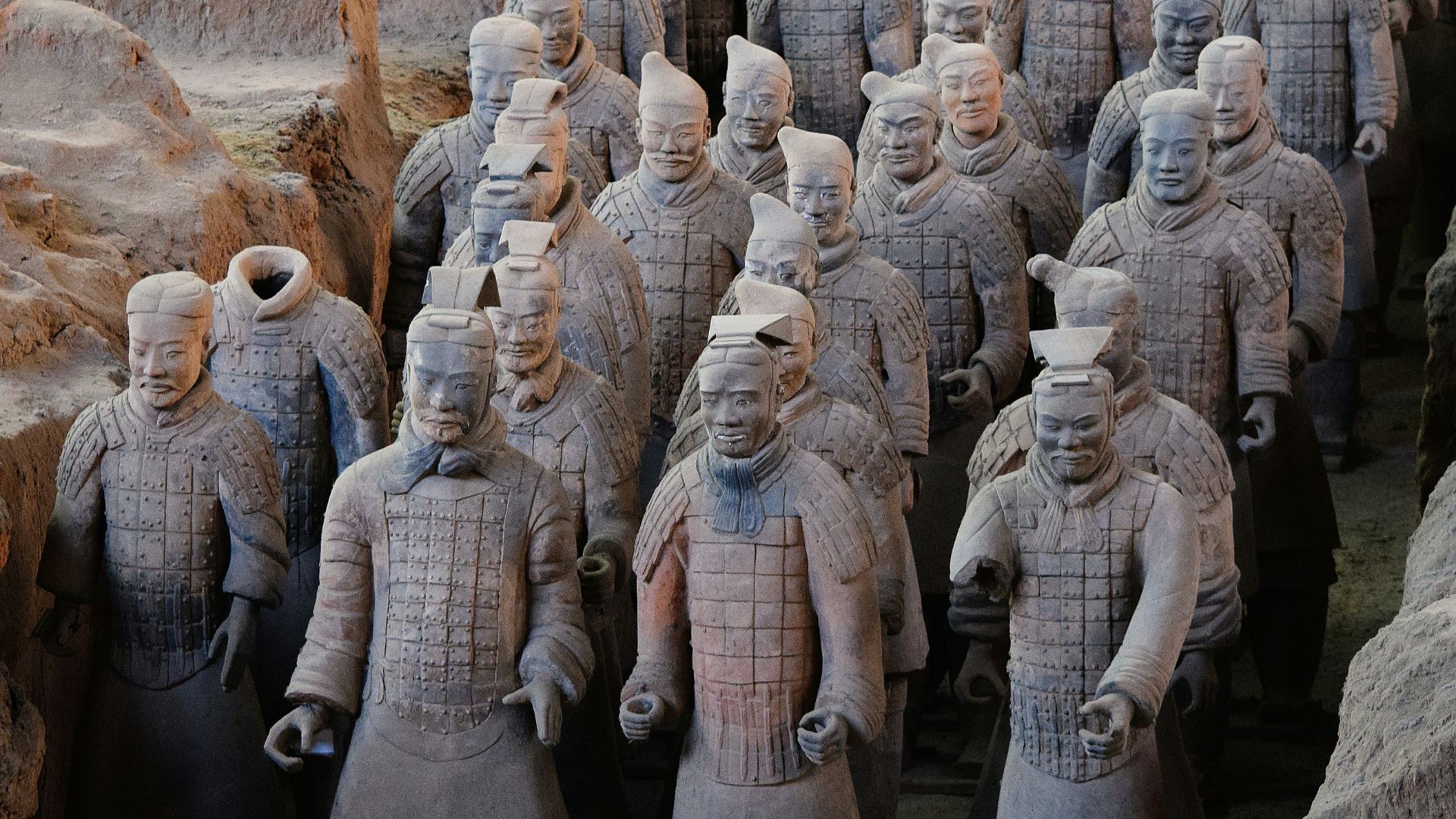
Thousands of life-sized terracotta models of army soldiers and war horses guard Qin Shi Huang’s tomb. This discovery wasn’t made until 1974, when farmers in the Shaanxi province of China dug in a regular field.
They found fragments of what appeared to be a human figure made out of terracotta. This led to archaeological excavations, which revealed the truth of China’s famed terracotta army.
The Discovery of Thousands of Soldiers
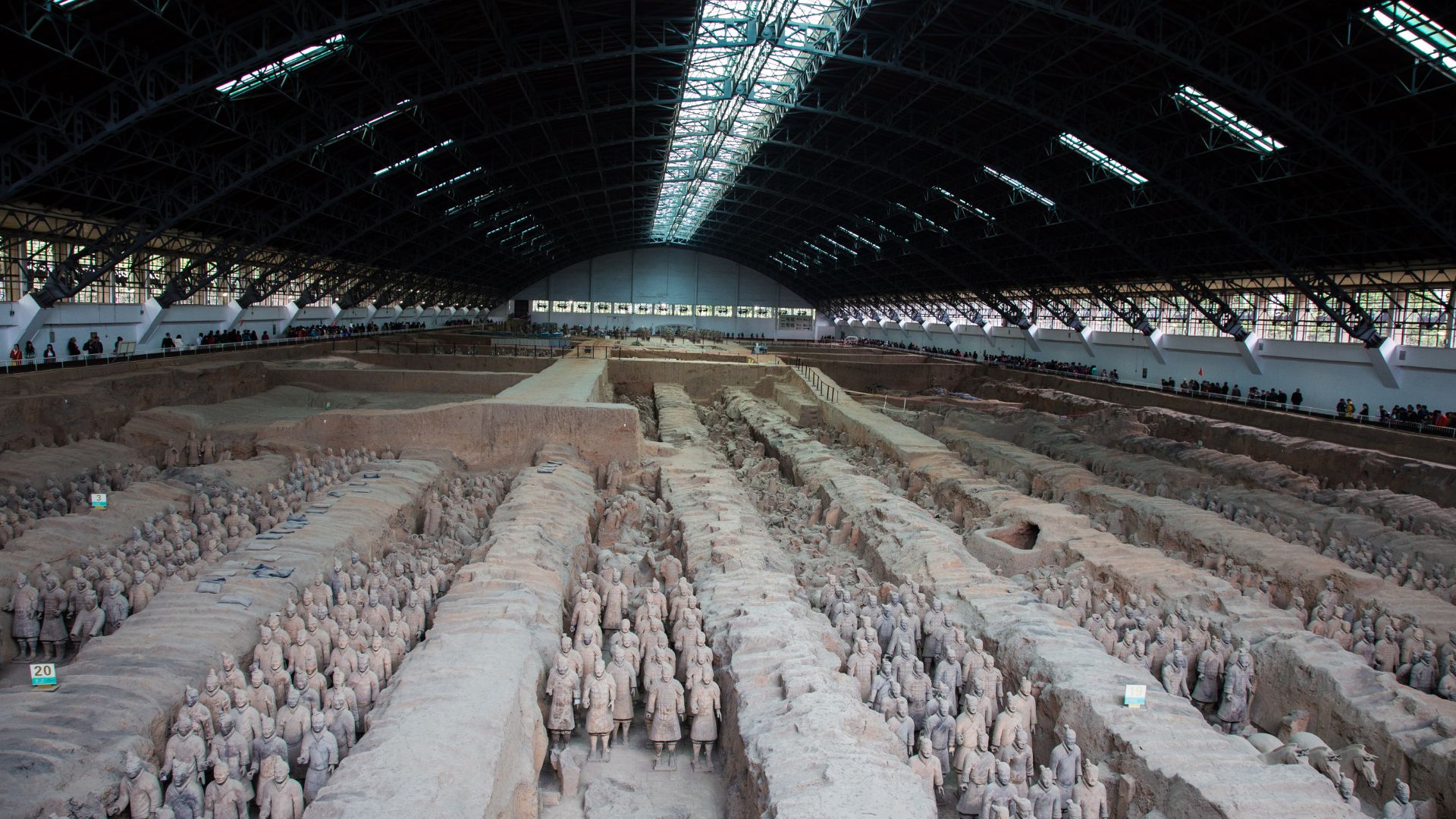
Once excavations were underway, experts were able to realize that thousands of terracotta soldiers and war horses were guarding Qin Shi Huang’s tomb.
This terracotta army also included life-sized models of esteemed officials from this era, acrobats, and even other animals.
Excavating the Terracotta Army

Archaeologists have worked hard to excavate much of the area, revealing these thousands of terracotta soldiers, since the 1970s. However, the UNESCO World Heritage Centre estimates that thousands of statues are likely still waiting to be unearthed here.
One area these experts refuse to truly excavate and open up? The emperor’s tomb.
Archaeologists Refuse to Open Tomb

Since the discovery of Qin Shi Huang’s tomb alongside the terracotta army, archaeologists have refused to open up and excavate the tomb itself.
Many of these experts have stated various reasons on why they refuse to do so — even if they would like to find out what lies behind those tomb walls in the famed emperor’s final resting place.
Keeping the Tomb Safe
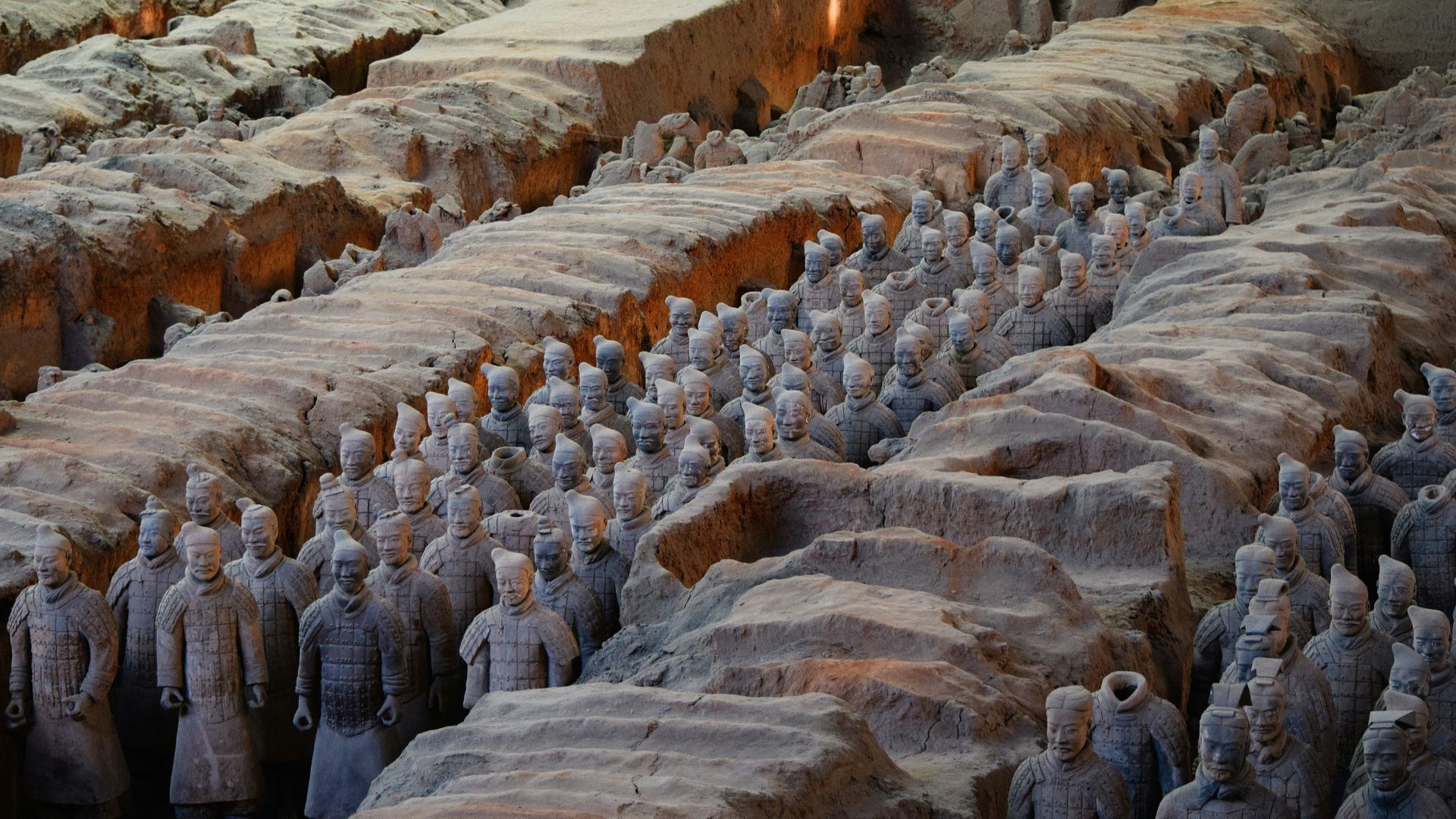
Many archaeologists have explained that they do not want to damage the tomb, which could occur if they try and excavate it. If this tomb becomes damaged thanks to their work, they could lose valuable historical information that may never be regained.
To truly get into this tomb, they’d have to use invasive techniques that likely would cause some level of damage. As archaeologists have ruined excavation sites before, they don’t want to do this again.
Deadly Forecasts
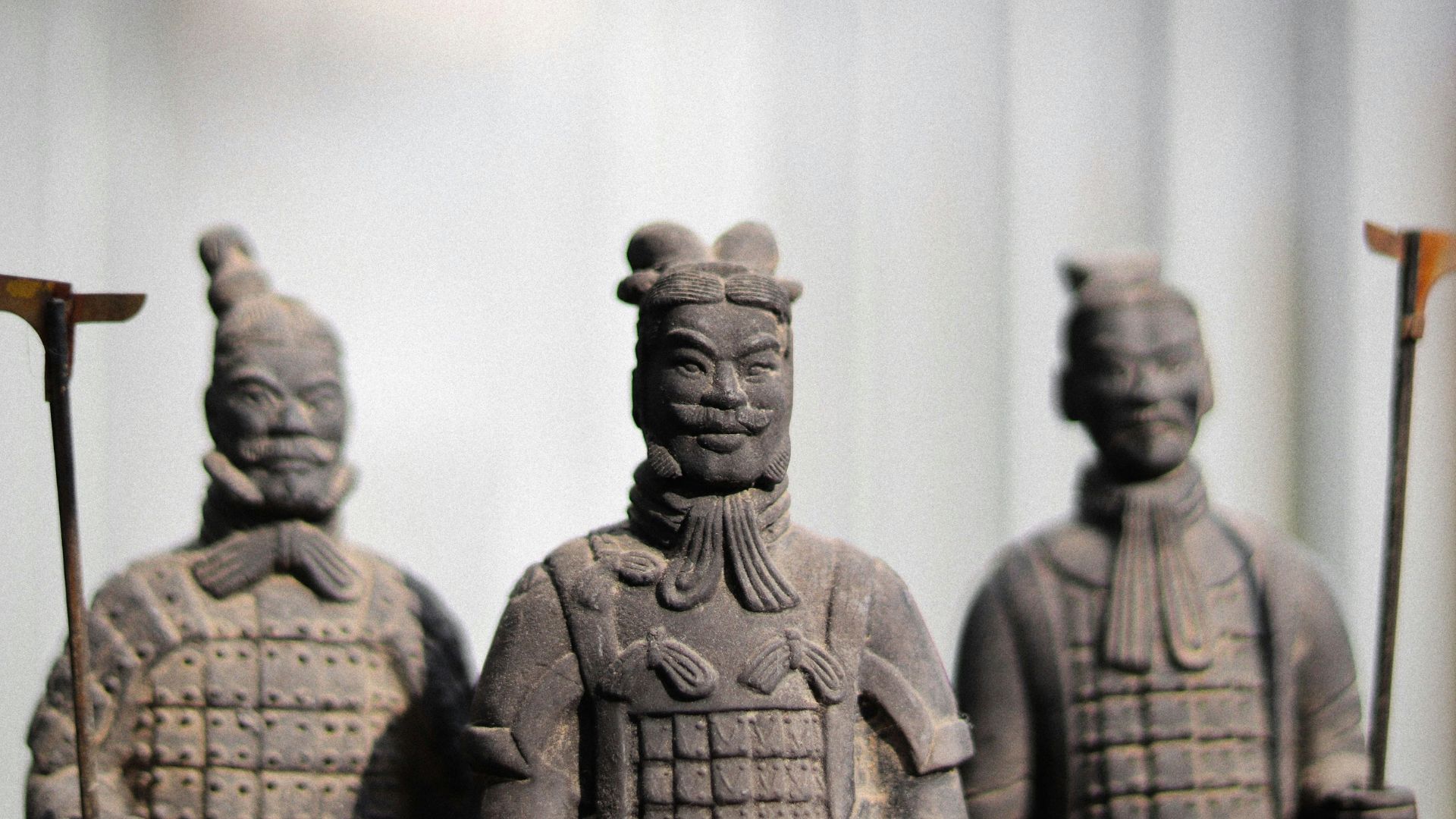
Archaeologists also don’t want to open up this tomb, as they’re a little scared about what may greet them upon those doors opening up.
This fear stems from an ancient account written by Chinese historian Sima Qian. This account was written about 100 years after Qin Shi Huang died and was officially laid to rest.
Traps in the Tomb
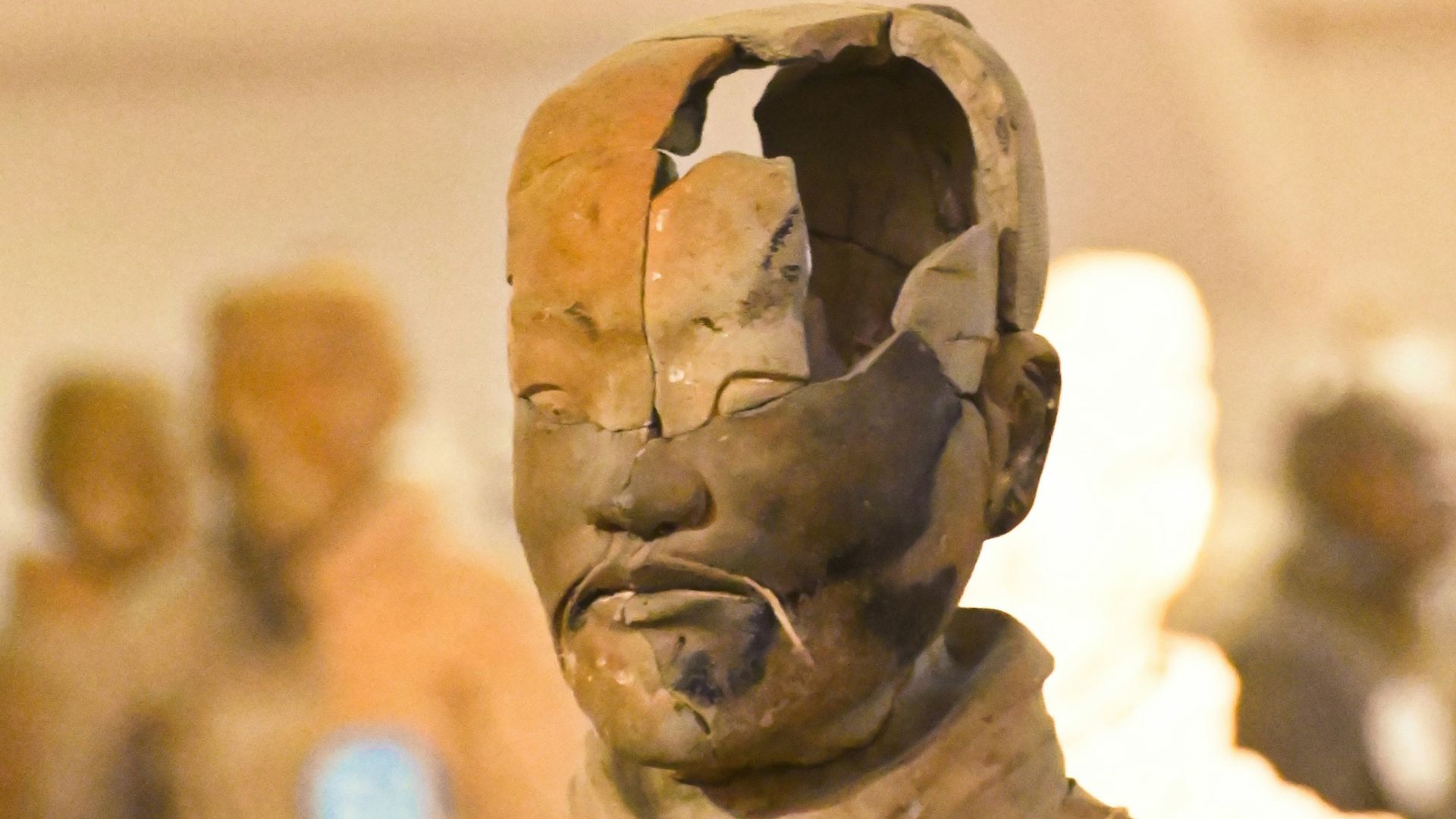
According to Sima Qian, various booby traps await those who try to intrude on the emperor’s tomb.
Sima Qian wrote, “Palaces and scenic towers for a hundred officials were constructed, and the tomb was filled with rare artifacts and wonderful treasure. Craftsmen were ordered to make crossbows and arrows primed to shoot at anyone who enters the tomb. Mercury was used to simulate the hundred rivers, the Yangtze and Yellow River, and the great sea, and set to flow mechanically.”
Mercury Found in the Tomb Site
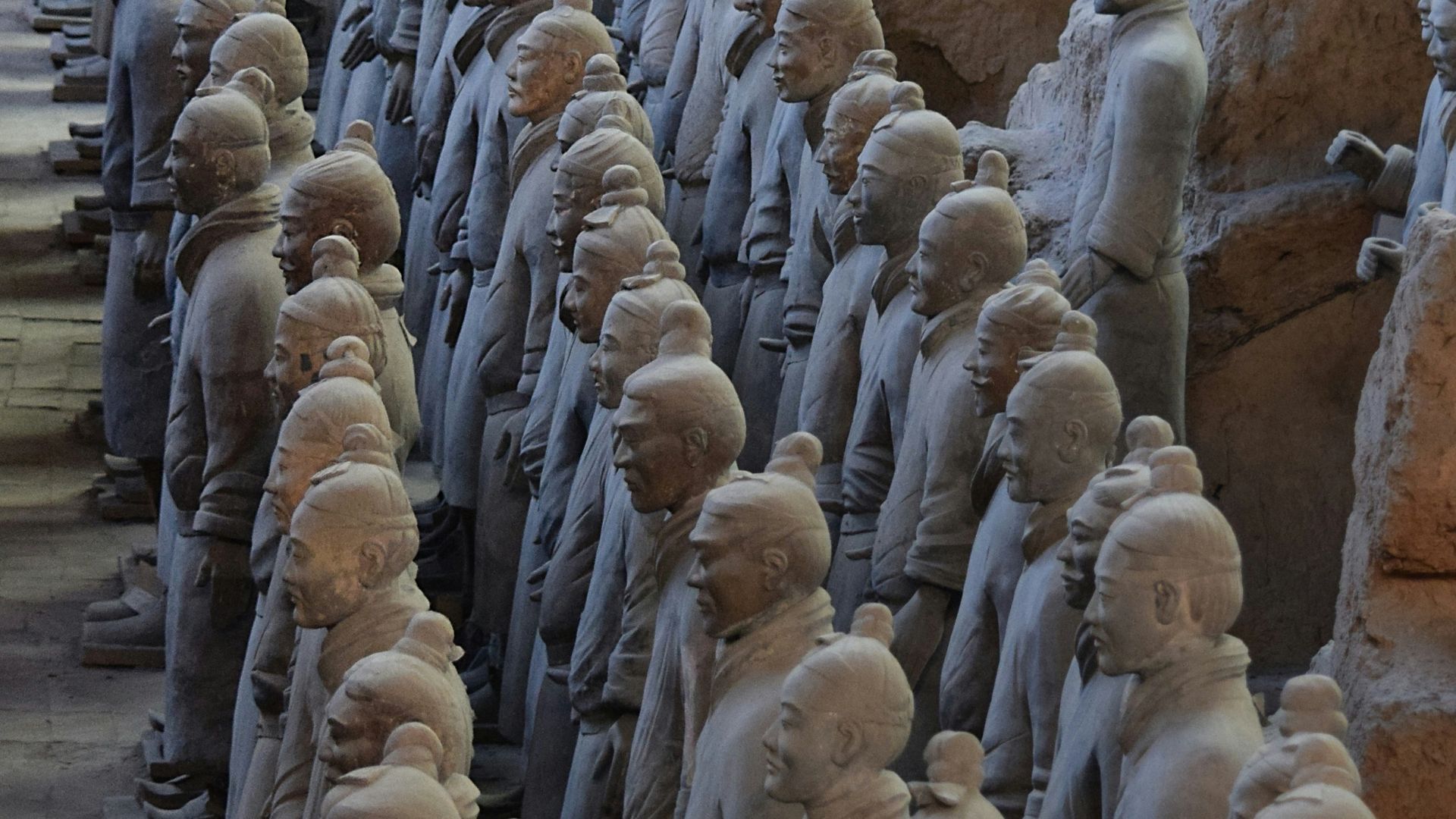
Many may read this and suggest that there’s no way these ancient booby traps still work to this day. Rather surprisingly, scientists have found that Sima Qian is right about at least one thing: mercury is all over the tomb site.
A recent study revealed that mercy concentrations around the emperor’s tomb are quite higher than what any normal piece of land — or any average tomb — should have.
Using Noninvasive Techniques
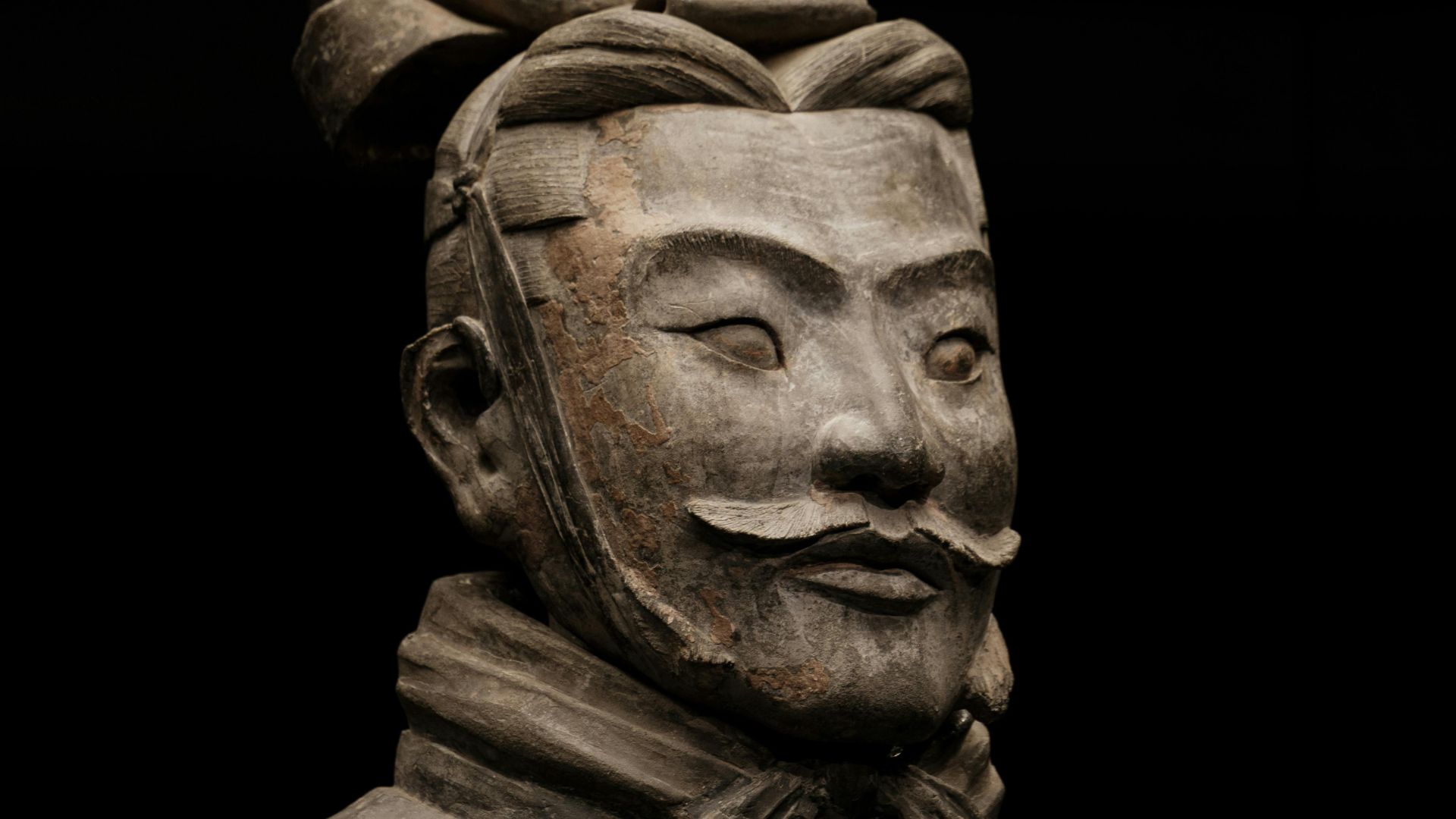
Archaeologists refuse to open up this tomb, as the last thing they want is mercury to fall all over the ancient area — and on them.
So far, some noninvasive techniques have been suggested, as experts still want to see what this tomb may hold. Though these techniques have been talked about, nothing has ever been done to actually get these proposals off the ground.
A 2,000-Year-Old Tomb Remains Unopened

Remarkably, it appears this more than 2,000-year-old tomb hasn’t been opened since the day it was closed. Many experts believe that no one has opened this tomb and seen what is inside since Qin Shi Huang was put in it.
Until archaeologists learn how to look inside the tomb without being invasive and putting their own lives in danger, it looks like this Chinese tomb will remain closed.
